Complete History of the Louvre
Journey through centuries of royal power, architecture, and art in Paris
Table of Contents
Origins as a Fortress
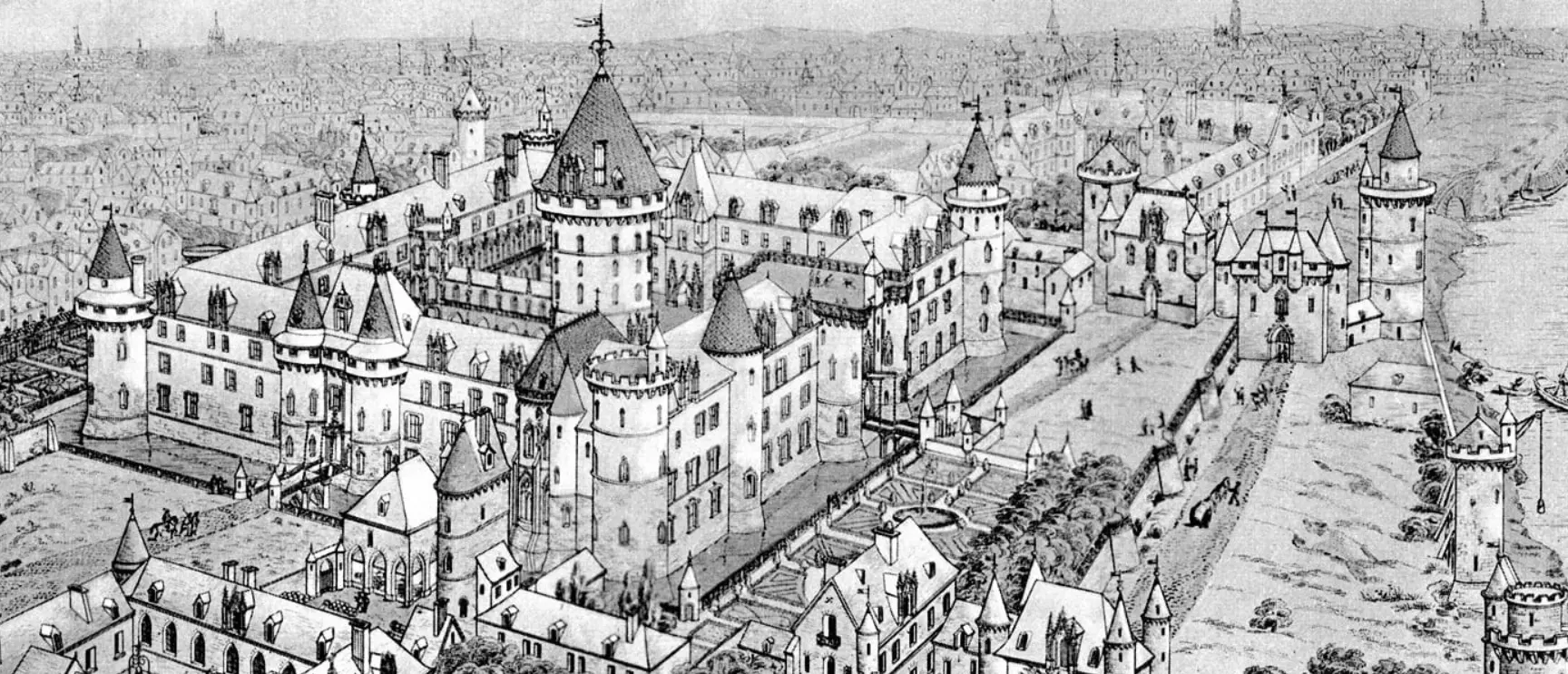
The Louvre began in the late 12th century as a medieval fortress built by King Philip II to defend Paris.
Remnants of this original fortress can still be seen in the museum’s lower levels.
Transformation into a Royal Palace
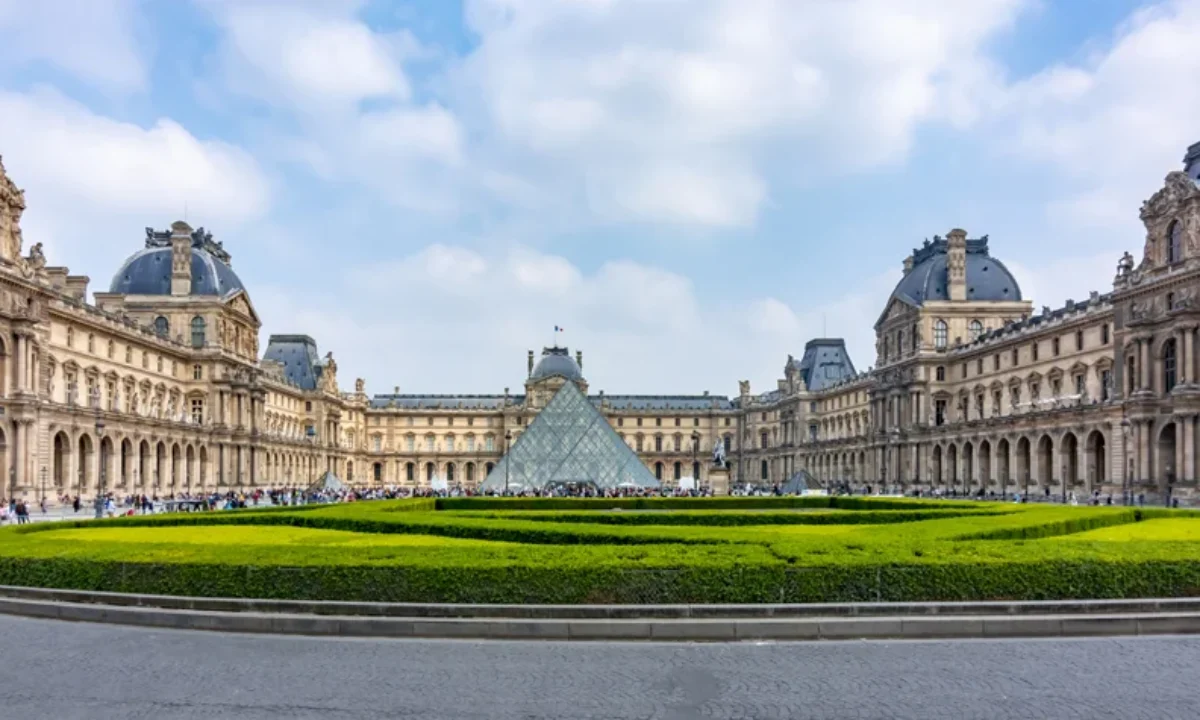
By the 16th century, the Louvre was transformed into a Renaissance palace by King Francis I, who invited Italian artists including Leonardo da Vinci.
Successive monarchs expanded the palace and its collections, making it a hub of royal power and culture.
The Birth of the Museum
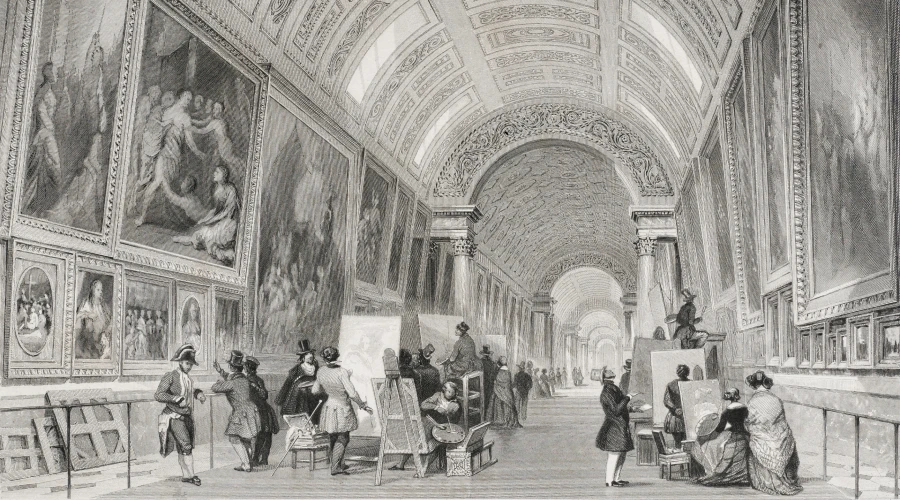
The Louvre opened as a public museum in 1793 after the French Revolution, with just over 500 paintings.
It symbolized the shift from royal exclusivity to public access to art.
Napoleonic Era
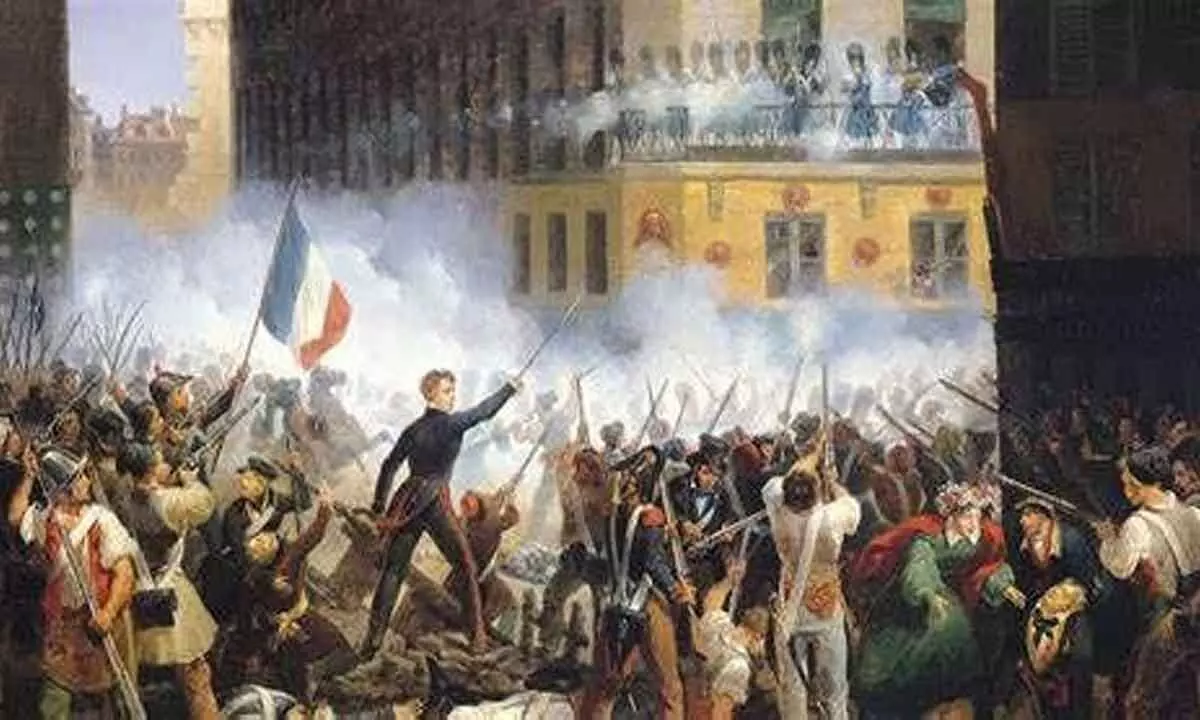
Under Napoleon, the Louvre’s collections expanded dramatically with art seized from across Europe.
For a time, it was called the 'Musée Napoléon' before restitutions reduced its holdings.
19th Century Expansions
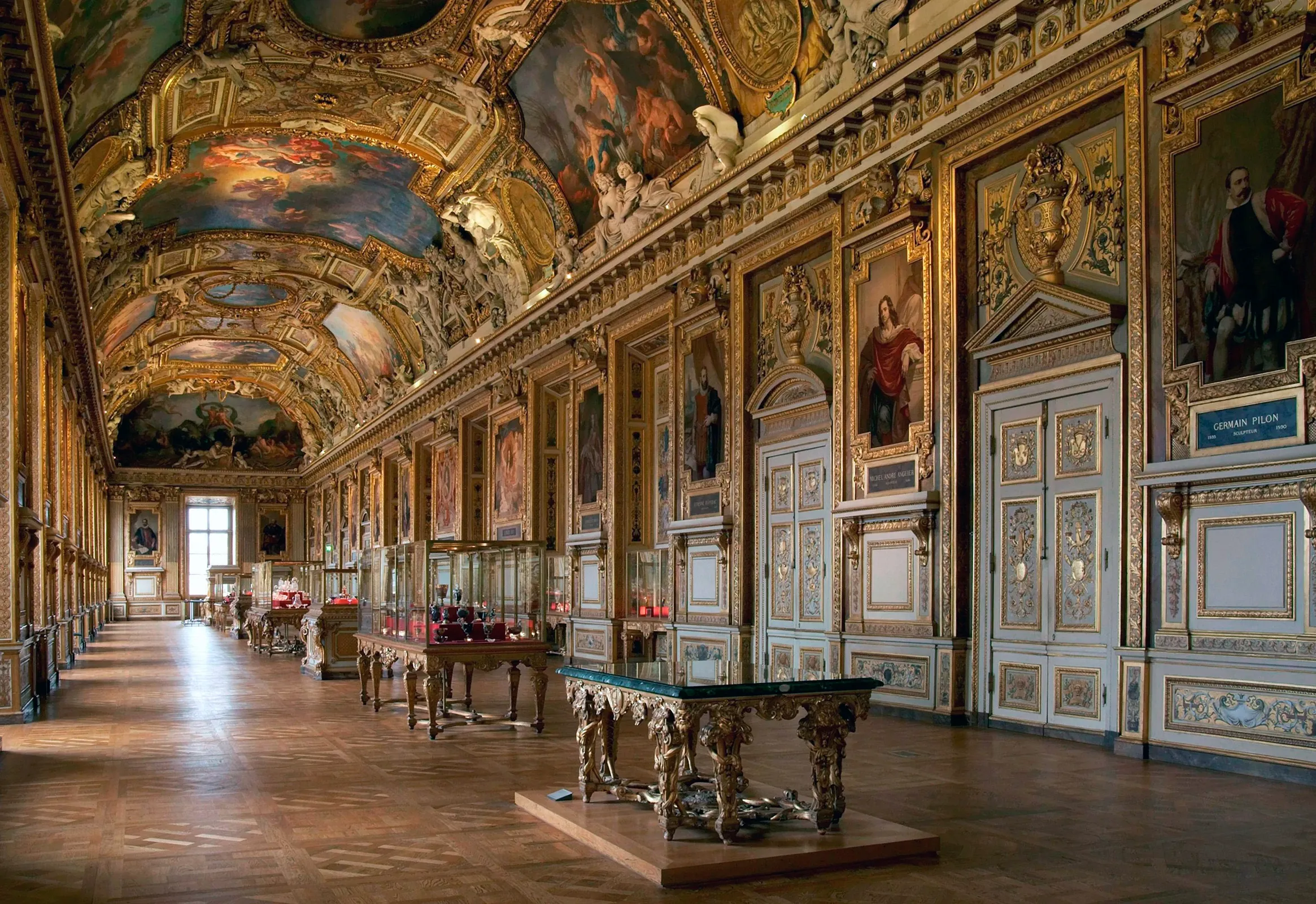
The 19th century saw major architectural and collection expansions, establishing the Louvre as a global art hub.
New wings were constructed, and the museum became a symbol of French heritage.
20th Century Modernization
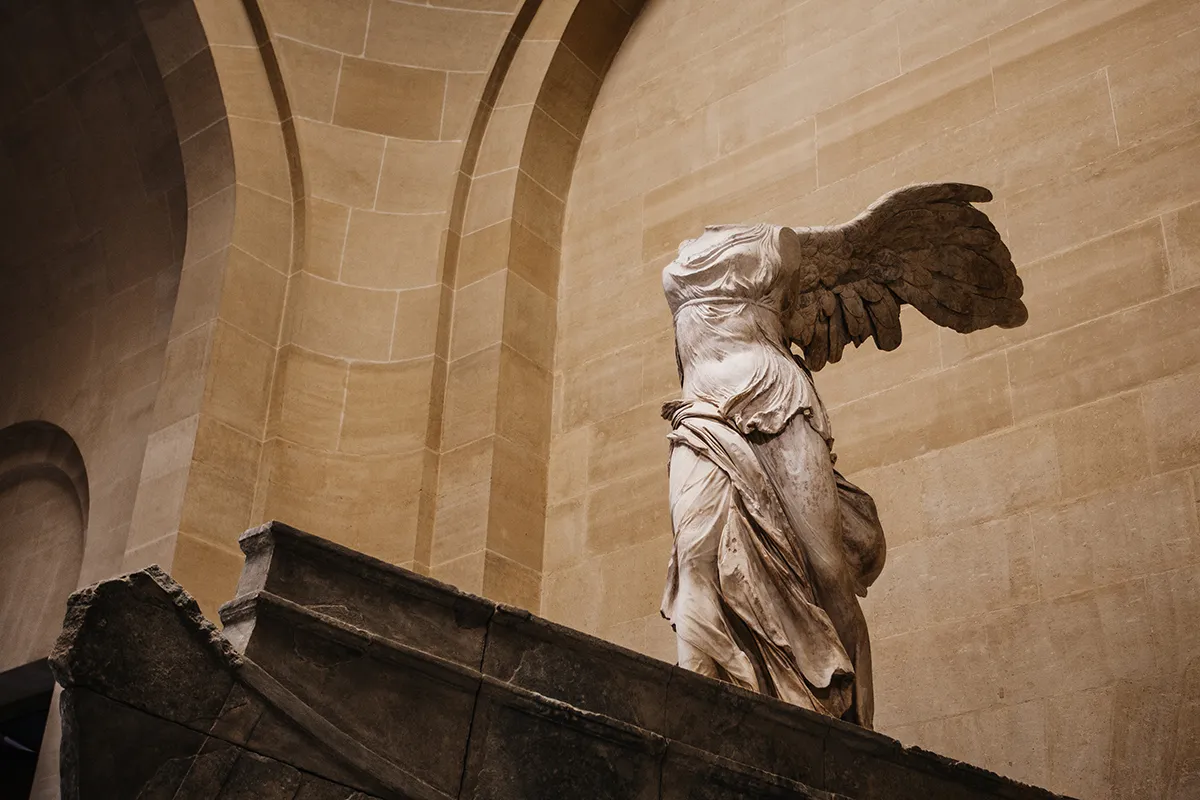
The Louvre underwent modernization with new facilities, reorganization of collections, and expanded access.
It adapted to the challenges of mass tourism and conservation.
The Glass Pyramid
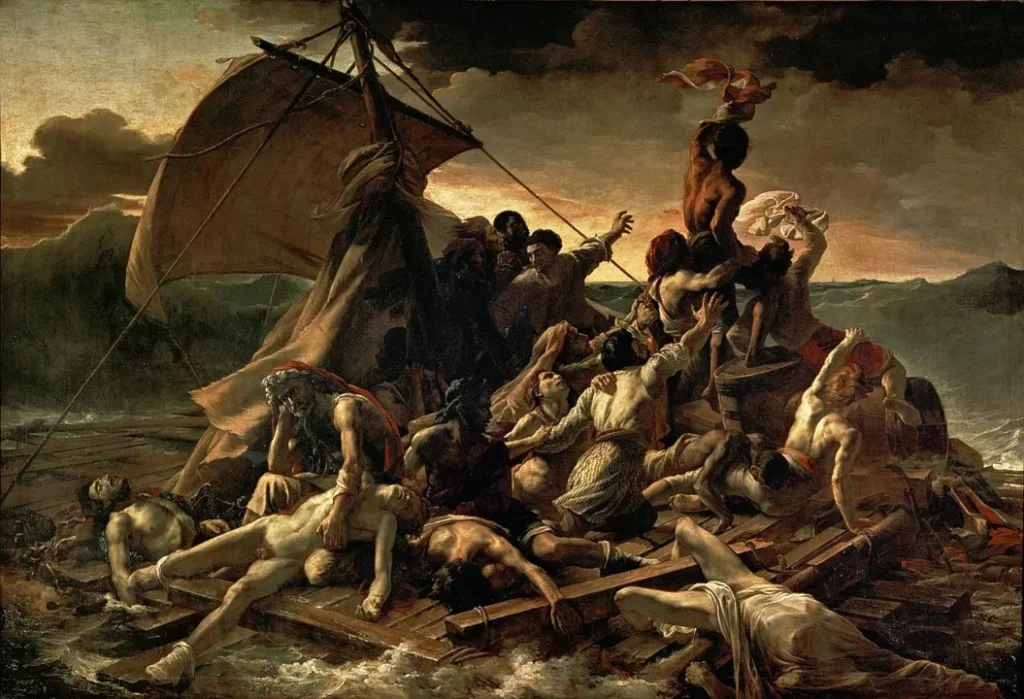
In 1989, architect I.M. Pei’s glass pyramid was inaugurated, creating a striking modern entrance to the historic palace.
Initially controversial, it is now a beloved Paris landmark.
Collections & Masterpieces
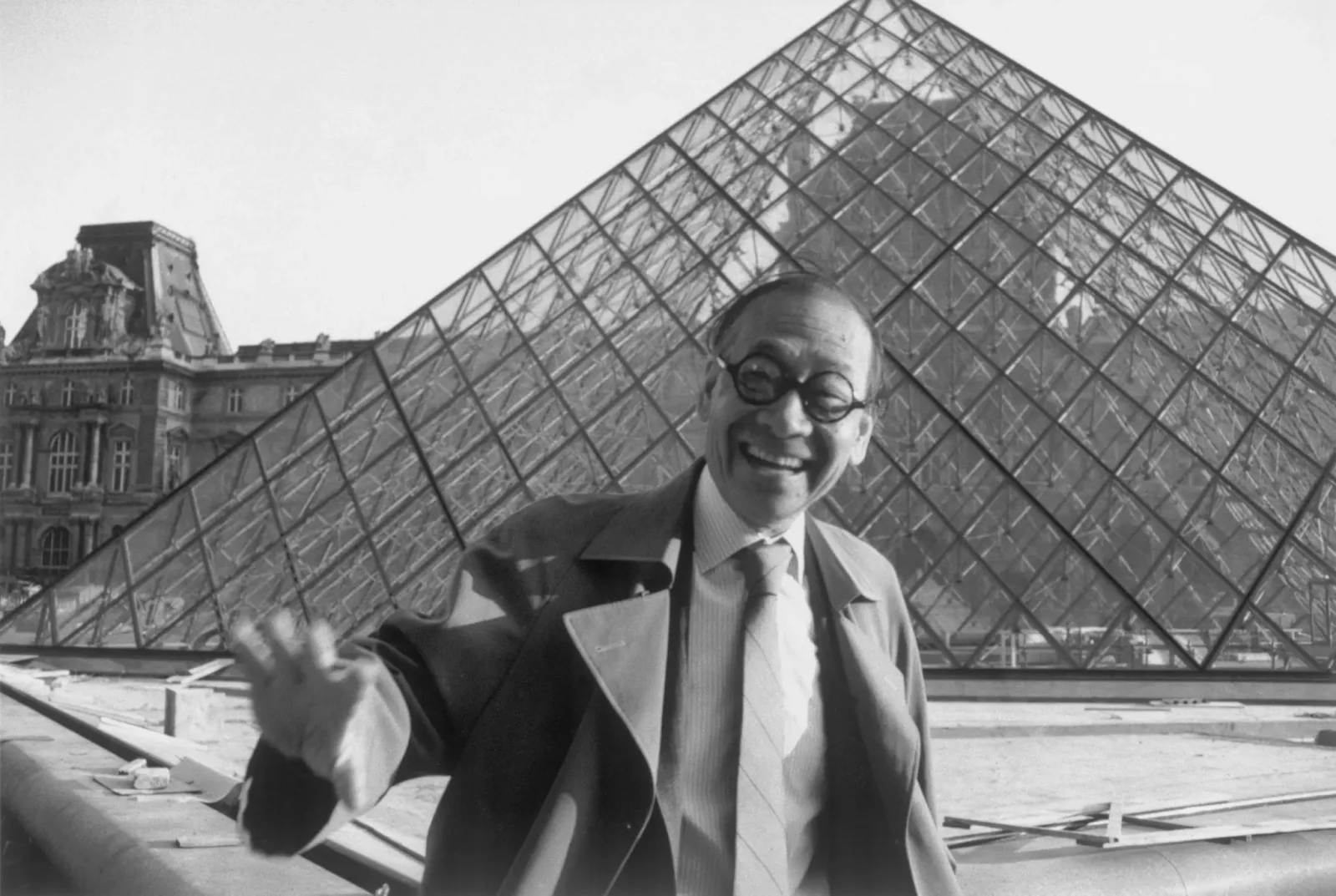
The Louvre houses over 35,000 artworks, divided into departments covering antiquities, sculptures, paintings, decorative arts, and more.
It is home to world-famous works like the Mona Lisa, Venus de Milo, and countless others.
Visitor Experience Today
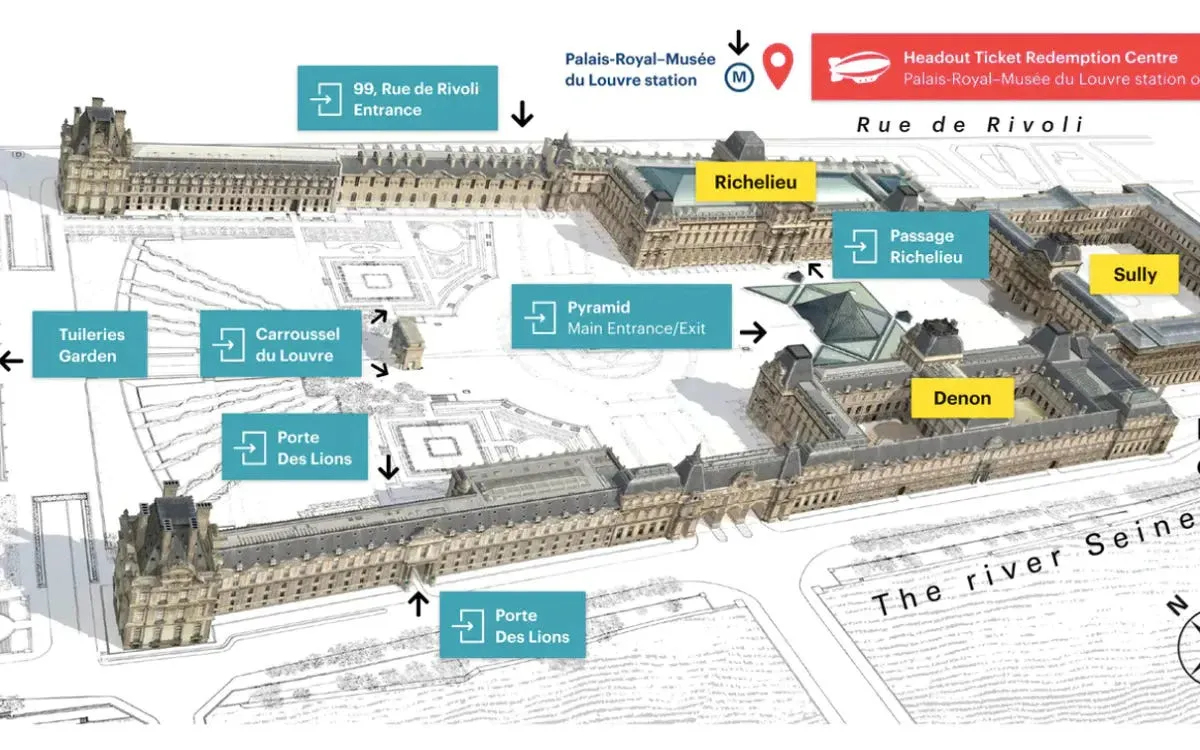
Today the Louvre welcomes millions each year, offering free maps, guided tours, and digital tools for exploration.
Timed tickets and online bookings streamline the experience.
Digital & Future Initiatives
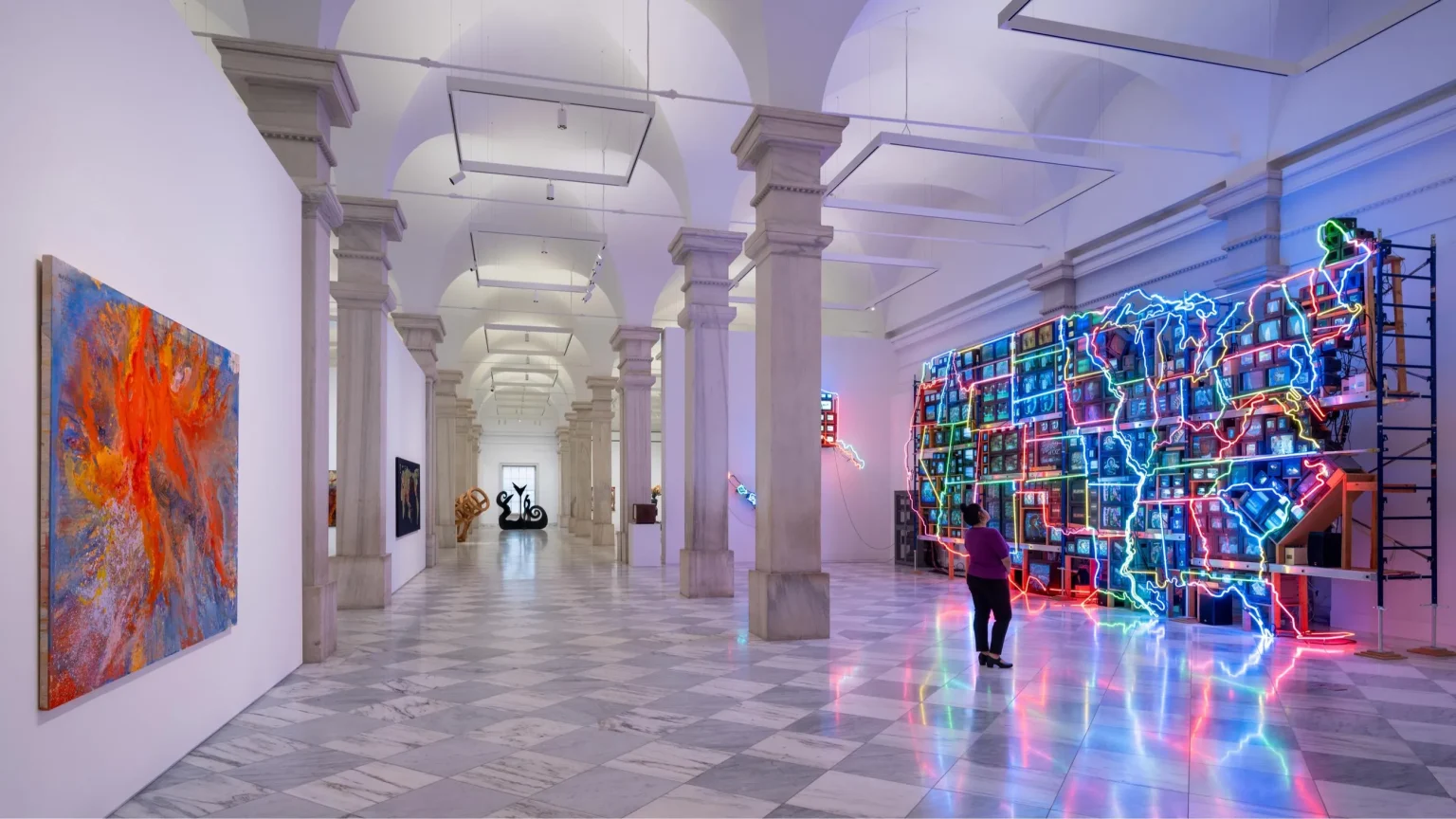
The Louvre has embraced digital platforms, offering online exhibitions, virtual tours, and educational resources.
These initiatives expand its reach worldwide and promote cultural accessibility.
The Louvre in Context
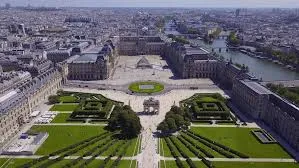
The Louvre sits at the heart of Paris along the Seine, near the Tuileries Gardens and Place de la Concorde.
It forms part of the city’s 'Museum Mile,' connecting to other iconic sites such as the Musée d’Orsay and Centre Pompidou.
Further Reading & Resources
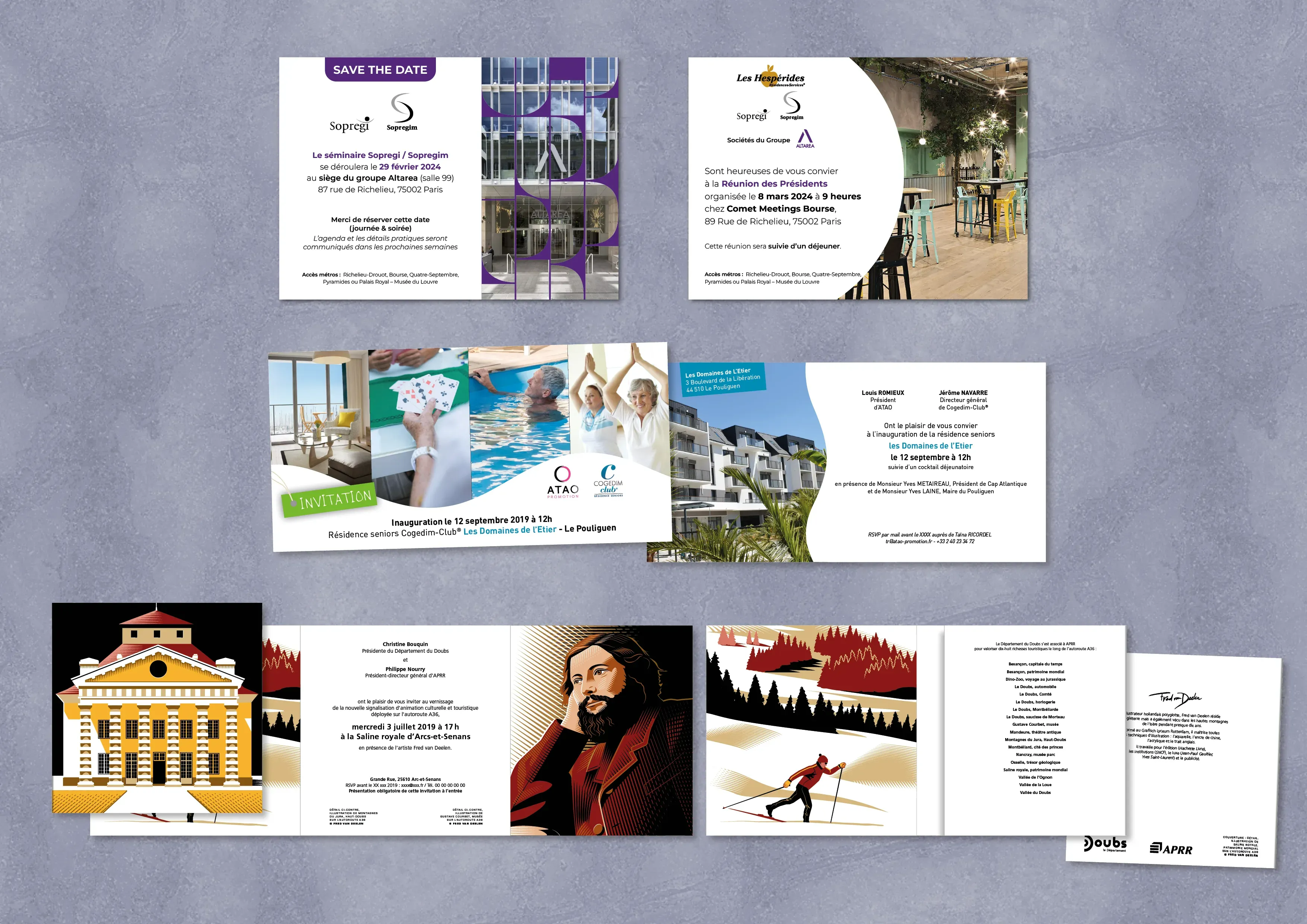
For deeper study, numerous books, articles, and online resources explore the Louvre’s collections and history.
The museum’s gift shop and library also provide access to exhibition catalogs and scholarly works.
References & Credits
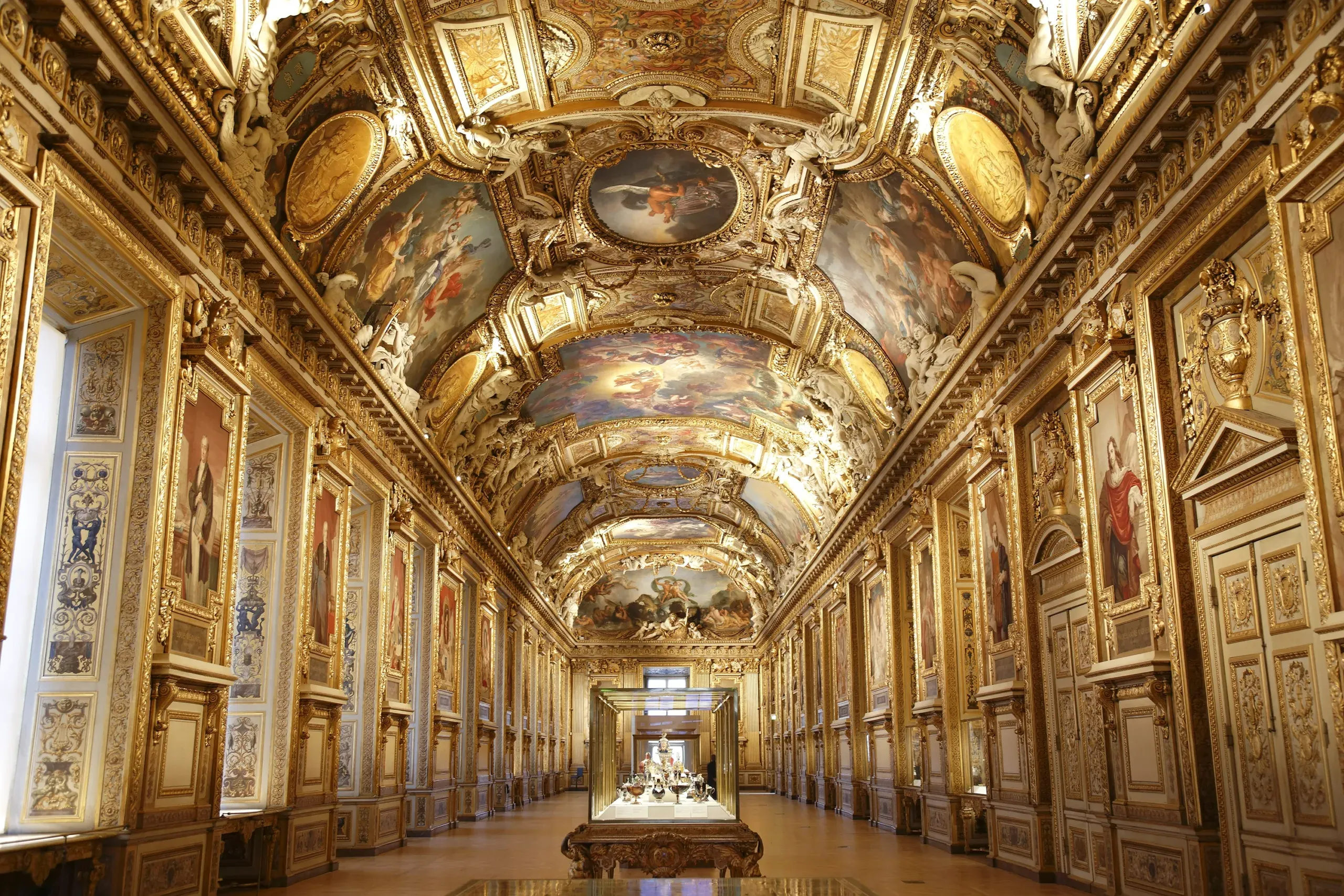
This history draws on research from museum curators, historians, and cultural institutions.
Special thanks to the staff of the Musée du Louvre for their dedication and expertise.
Table of Contents
Origins as a Fortress

The Louvre began in the late 12th century as a medieval fortress built by King Philip II to defend Paris.
Remnants of this original fortress can still be seen in the museum’s lower levels.
Transformation into a Royal Palace

By the 16th century, the Louvre was transformed into a Renaissance palace by King Francis I, who invited Italian artists including Leonardo da Vinci.
Successive monarchs expanded the palace and its collections, making it a hub of royal power and culture.
The Birth of the Museum

The Louvre opened as a public museum in 1793 after the French Revolution, with just over 500 paintings.
It symbolized the shift from royal exclusivity to public access to art.
Napoleonic Era

Under Napoleon, the Louvre’s collections expanded dramatically with art seized from across Europe.
For a time, it was called the 'Musée Napoléon' before restitutions reduced its holdings.
19th Century Expansions

The 19th century saw major architectural and collection expansions, establishing the Louvre as a global art hub.
New wings were constructed, and the museum became a symbol of French heritage.
20th Century Modernization

The Louvre underwent modernization with new facilities, reorganization of collections, and expanded access.
It adapted to the challenges of mass tourism and conservation.
The Glass Pyramid

In 1989, architect I.M. Pei’s glass pyramid was inaugurated, creating a striking modern entrance to the historic palace.
Initially controversial, it is now a beloved Paris landmark.
Collections & Masterpieces

The Louvre houses over 35,000 artworks, divided into departments covering antiquities, sculptures, paintings, decorative arts, and more.
It is home to world-famous works like the Mona Lisa, Venus de Milo, and countless others.
Visitor Experience Today

Today the Louvre welcomes millions each year, offering free maps, guided tours, and digital tools for exploration.
Timed tickets and online bookings streamline the experience.
Digital & Future Initiatives

The Louvre has embraced digital platforms, offering online exhibitions, virtual tours, and educational resources.
These initiatives expand its reach worldwide and promote cultural accessibility.
The Louvre in Context

The Louvre sits at the heart of Paris along the Seine, near the Tuileries Gardens and Place de la Concorde.
It forms part of the city’s 'Museum Mile,' connecting to other iconic sites such as the Musée d’Orsay and Centre Pompidou.
Further Reading & Resources

For deeper study, numerous books, articles, and online resources explore the Louvre’s collections and history.
The museum’s gift shop and library also provide access to exhibition catalogs and scholarly works.
References & Credits

This history draws on research from museum curators, historians, and cultural institutions.
Special thanks to the staff of the Musée du Louvre for their dedication and expertise.